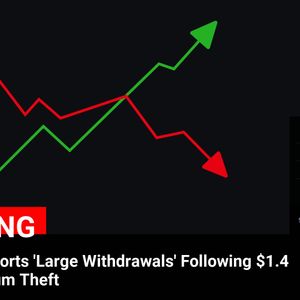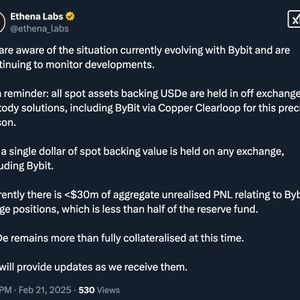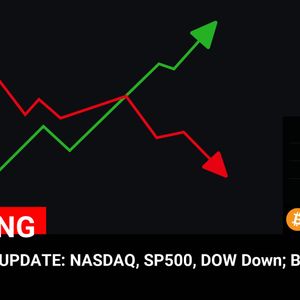The European Union (EU) has approved ten stablecoin issuers under the Markets in Crypto-Assets (MiCA) regulations. This marks a key step in the bloc’s approach to cryptocurrency regulation. However, the absence of Tether (USDT), the largest stablecoin by market capitalization, has raised concerns about regulatory priorities and the potential consequences for the digital asset market. Tether Misses Out as EU Grants MiCA Approval to 10 Stablecoin Providers The largest stablecoin issuer, Tether, was noticeably absent from the list of ten firms authorized under MiCA regulations to issue stablecoins in the EU. The approved entities include Banking Circle, Circle, Crypto.Com, Fiat Republic, Membrane Finance, Quantoz Payments, Schuman Financial, Societe Generale, StabIR, and Stable Mint. These firms have issued ten euro-pegged stablecoins and five US dollar-pegged stablecoins. Despite Tether’s $141 billion market capitalization, the company did not receive approval, which means crypto platforms have begun delisting USDT for EU-based users. Alongside stablecoin issuers, 11 MiCA-authorized Crypto-Asset Service Providers (CASPs) were approved across Germany, the Netherlands, and Malta. These providers offer services in trading, exchange, execution, custody, and transfers within the EU regulatory framework. Expanding Operations Beyond the EU With growing regulatory restrictions in the EU, Tether has continued to expand its operations in other regions. The stablecoin issuer recently proposed to acquire a 51% stake in a South African energy company, signaling a shift in focus toward investments outside of digital assets. Tether’s exclusion from MiCA-approved stablecoin issuers raises questions about the EU’s regulatory approach. The company expressed disappointment over the decision, stating that the delistings were “hasty and unwarranted.” However, MiCA’s rules require stablecoin issuers to meet specific compliance standards. Similarly, Tether has expanded into the sports industry, recently investing in Juventus to strengthen its presence in mainstream sectors. This move aligns with its broader strategy of integrating digital assets, AI, and biotech into traditional industries. MiCA Rules To Isolate the EU Crypto? Industry experts caution that the strict regulations under MiCA could isolate the EU’s digital asset market. Natalia Łątka, Director of Public Policy and Regulatory Affairs at Merkle Science, suggested that the EU’s regulatory stance may discourage foreign firms from operating in the region. She also noted that local crypto companies could consider relocating outside the EU to avoid restrictions associated with MiCA compliance. Additionally, some analysts argue that the EU’s regulatory focus on compliance over innovation could reduce market competitiveness. While MiCA aims to provide clarity and stability, critics believe it may lead to fewer options for European crypto users. This pushes firms toward jurisdictions with more flexible regulations. The post Tether Excluded as MiCA Clears 10 Stablecoin Issuers In Europe appeared first on CoinGape .



















